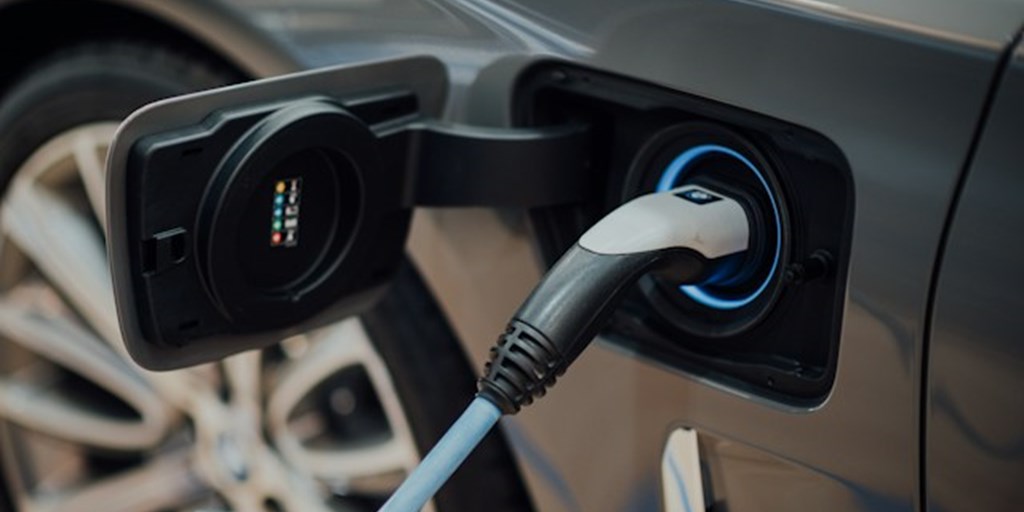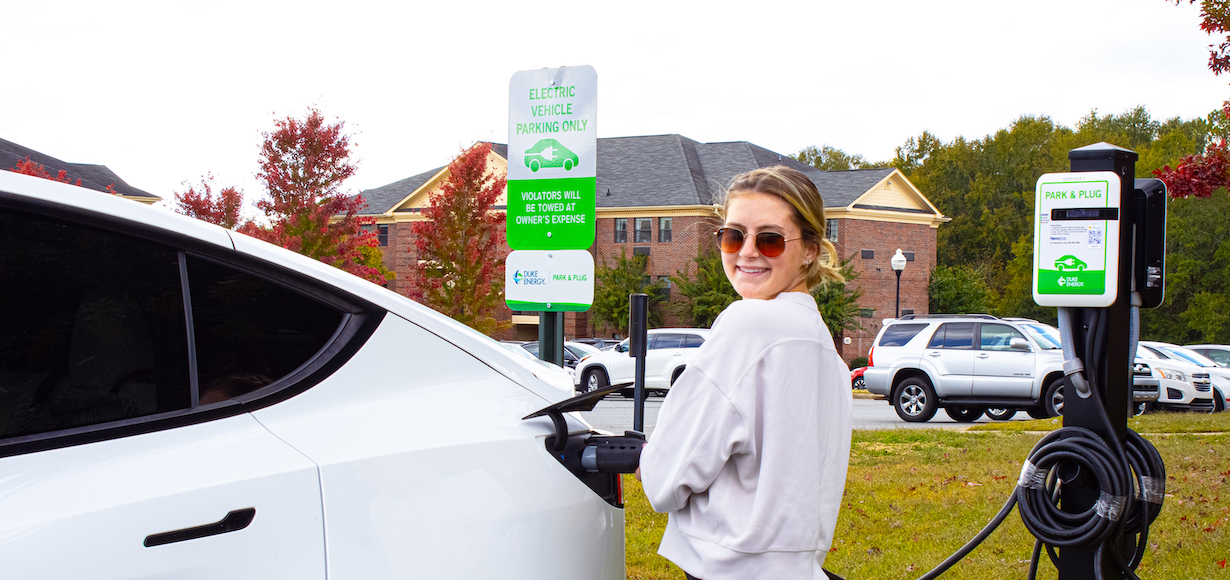What’s Driving the Growth of EV Infrastructure? Buy EV Charging news for Key Updates
What’s Driving the Growth of EV Infrastructure? Buy EV Charging news for Key Updates
Blog Article
Leading EV Charging Information: Key Updates on Framework and Advancement

Current Developments in Fast-Charging Technology

Additionally, improvements in battery technology, consisting of boosted thermal administration systems and greater energy thickness batteries, complement fast-charging capabilities. These advancements alleviate the risk of battery deterioration throughout quick charging, ensuring long life and efficiency for EV proprietors.
Furthermore, the assimilation of wise billing options is improving user experience, allowing real-time surveillance and dynamic pricing models. EV Charging news. This versatility enables chauffeurs to enhance billing costs and times based upon grid demand
As car manufacturers remain to purchase fast-charging networks, the cooperation between industry stakeholders is vital. Collaborations in between billing terminal providers and vehicle manufacturers are leading the way for extensive coverage, inevitably cultivating an extra robust EV community. These improvements are essential in sustaining the change to sustainable transport.
Government Campaigns for Charging Expansion
Government efforts play an important duty in the development of electrical automobile (EV) billing facilities, helping with the shift to lasting transportation. Different government and state programs are being carried out to enhance charging ease of access, reduce the financial burden on consumers, and promote the fostering of electric vehicles.
Especially, the U.S. government has allocated substantial funding with the Framework Investment and Jobs Act, which earmarks $7.5 billion for EV billing network growth across the country. This funding is focused on releasing countless brand-new charging stations, specifically in underserved areas, consequently resolving array anxiety amongst prospective EV customers.
In addition, many states are enacting regulation to improve the permitting process for charging station installations, which is crucial for accelerating implementation. Incentives such as tax obligation credit scores and discounts for both customers and businesses are additionally being introduced to urge the installment of charging framework.
Moreover, public-private collaborations are significantly ending up being a focus, leveraging private investment to match federal government funding. These efforts emphasize a joint approach necessary for building a effective and extensive EV billing network, eventually adding to a greener and more sustainable future.
Ingenious Battery Solutions Enhancing Performance
Reinventing the landscape of electric car (EV) technology, cutting-edge battery options are significantly boosting efficiency and efficiency. Developments in battery chemistry, especially with lithium-sulfur and solid-state batteries, are resulting in boosted energy density, which permits longer ranges and faster billing times. These new battery kinds have the possible to surpass conventional lithium-ion batteries by offering greater capacities while decreasing weight, thereby improving general car performance.
In addition, developments in battery monitoring systems (BMS) are optimizing energy use and expanding battery life-span. Smart formulas keep an eye on battery wellness and efficiency, enabling real-time adjustments to billing and discharging procedures. This not only enhances the effectiveness of the battery but additionally ensures an extra lasting and trusted power source for EVs.
Additionally, the assimilation of recycling modern technologies is addressing the ecological impact of battery manufacturing and disposal. Innovations in second-life applications for EV batteries are facilitating their use in power storage systems, adding to a round economy.
As these innovative battery remedies continue to evolve, they guarantee to transform the EV market, making electric lorries a lot more available and appealing to a wider audience while sustaining global sustainability objectives.

Collaboration Between Automakers and Billing Networks
Identifying the vital demand for a durable charging facilities, car manufacturers are significantly working together with billing network companies to enhance the EV ownership experience (EV Charging news). These partnerships intend to develop a smooth charging community that profits customers and sustains the shift to electrical vehicles
Major automotive brand names are joining forces with recognized billing networks to broaden their billing station coverage, making sure vehicle drivers have accessibility to hassle-free and reputable charging choices. For example, collaborations with networks like ChargePoint and Electrify America enable car manufacturers to incorporate billing remedies directly right into their lorries' navigating systems, directing individuals to the closest terminals and offering real-time availability updates.
Additionally, these cooperations usually result in the advancement of fast-charging innovations that substantially lower the time required to recharge an EV. By pooling sources and experience, car manufacturers and charging networks can introduce faster, developing services that satisfy the expanding demand for electrical wheelchair.
Furthermore, joint efforts may likewise cause even more standardized billing procedures, which can minimize consumer confusion and advertise wider EV adoption. Generally, these tactical partnerships are crucial in developing a easy to use browse around here and efficient billing infrastructure that fulfills the requirements of an increasing electrical car market.
Obstacles Facing EV Billing Framework
As the electric vehicle market proceeds to grow, numerous obstacles are emerging that impede the advancement of a thorough charging framework. Among the main barriers is the inadequate number of charging terminals, especially in rural and underserved city areas. This void produces variety anxiousness among possible EV customers, hindering over at this website them from making the switch.
In addition, the lack of standardization in charging modern technology complicates the facilities landscape. Variants in plug kinds and charging rates can produce complication for users and raise operational intricacies for billing network operators.
Another pushing concern is the high expense associated with the installment and upkeep of billing stations, which can be an obstacle for both personal businesses and public entities. Regulative hurdles and zoning restrictions can delay the implementation of billing facilities, restraining development in broadening important solutions. Attending to these obstacles will certainly be vital for fostering a durable EV ecological community that sustains the shift to sustainable transport.
Conclusion
To conclude, the continuous developments in EV charging innovation, sustained by significant government campaigns and cutting-edge battery options, are important for the growth and performance of electric automobile framework. Collaborations in between car manufacturers and billing companies better boost station insurance coverage, dealing with the expanding need for easily accessible charging more options. In spite of obstacles that persist within the EV charging landscape, these advancements represent a positive trajectory towards a more lasting and reliable electrical lorry environment.
Innovations in charging facilities have led to the development of ultra-fast battery chargers capable of supplying up to 350 kW of power, substantially decreasing billing times. Variants in plug types and charging rates can develop confusion for customers and raise functional complexities for billing network drivers.In conclusion, the recurring advancements in EV billing technology, sustained by significant government campaigns and ingenious battery options, are vital for the expansion and performance of electrical vehicle facilities. Cooperations between automakers and charging companies further boost terminal insurance coverage, resolving the growing need for available charging options. Despite obstacles that continue within the EV billing landscape, these advancements indicate a favorable trajectory in the direction of an extra efficient and lasting electrical automobile ecological community.
Report this page